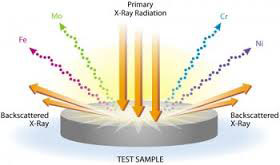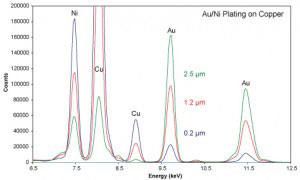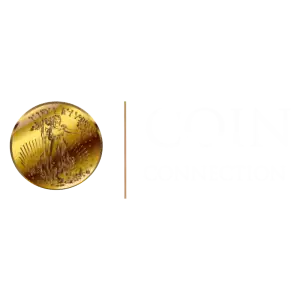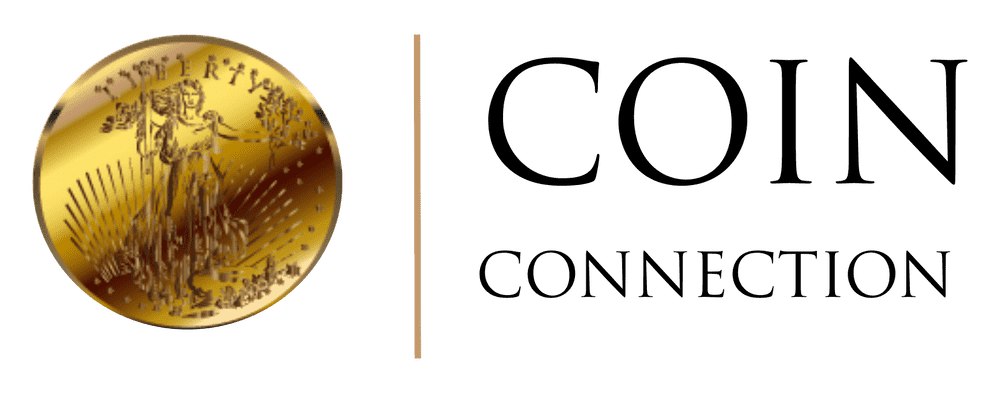At Coin Connection, we offer expert assaying services utilizing advanced x-ray fluorescence analysis. Our state-of-the-art technology allows us to determine the metal type and percentage composition of various items. Whether you are a buyer or seller of gold or silver, seeking to assess the value of gold jewelry, or wishing to identify the metal content of specific items, we provide accurate and reliable metal assessments.

With our x-ray fluorescence analysis, we can identify elements of 26 different metals, including gold, silver, platinum, palladium, copper, zinc, nickel, cadmium, iron, manganese, and lead, among others. Our precise testing methodology ensures an accurate assessment of the metal content within your items. However, please note that we are unable to assay rocks or small sections that may contain precious metals unless they are visibly larger and contain significant metal content.

Additionally, we offer specific gravity testing, which provides an average density measurement of the metals present in an object. This secondary testing method complements the x-ray fluorescence analysis and aids in determining the composition of the tested item.
Pricing and Additional Services
| 1 to 5 items: | $25 / item |
| 6 to 20 items: | $20 / item |
| More than 20: | Please contact us for pricing details |
Metal Identification: Base Metals and Precious Metals
In the realm of mining and economics, base metals refer to non-ferrous industrial metals excluding precious metals. This category encompasses copper, lead, nickel, and zinc. The definition expands further for the U.S. Customs and Border Protection, which includes iron and steel, aluminum, tin, tungsten, molybdenum, tantalum, cobalt, bismuth, cadmium, titanium, zirconium, antimony, manganese, beryllium, chromium, germanium, vanadium, gallium, hafnium, indium, niobium, rhenium, and thallium.
Precious metals, on the other hand, are rare and naturally occurring metallic chemical elements of significant economic value. They exhibit lower reactivity compared to most elements and possess high ductility and luster. While historically important as currency, precious metals are now primarily regarded as investment and industrial commodities. The most well-known precious metals are gold and silver, which have extensive uses in art, jewelry, and coinage. The platinum group metals, including ruthenium, rhodium, palladium, osmium, iridium, and platinum, are also considered precious metals and find various applications, with platinum being the most widely traded.
At Coin Connection, we are dedicated to providing accurate assaying services, identifying base metals and precious metals, enabling individuals to make informed decisions and understand the composition of their valuable items.


